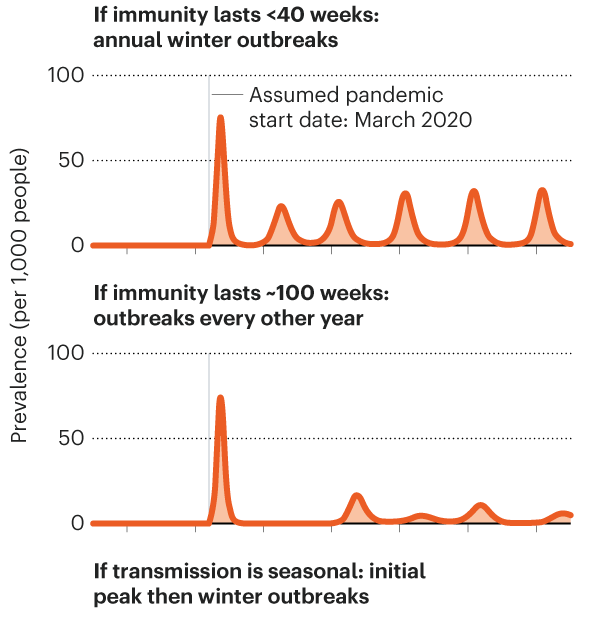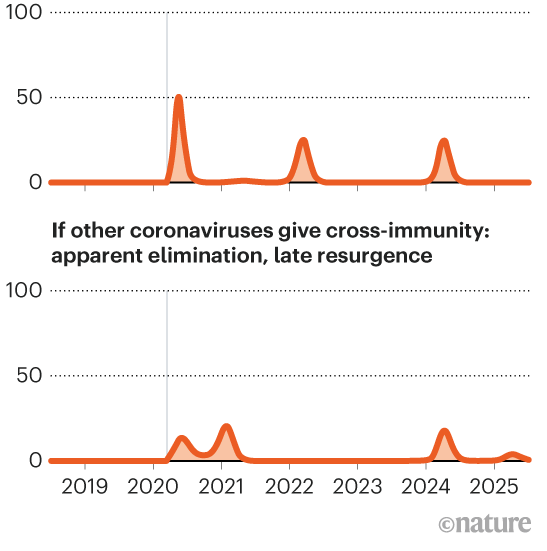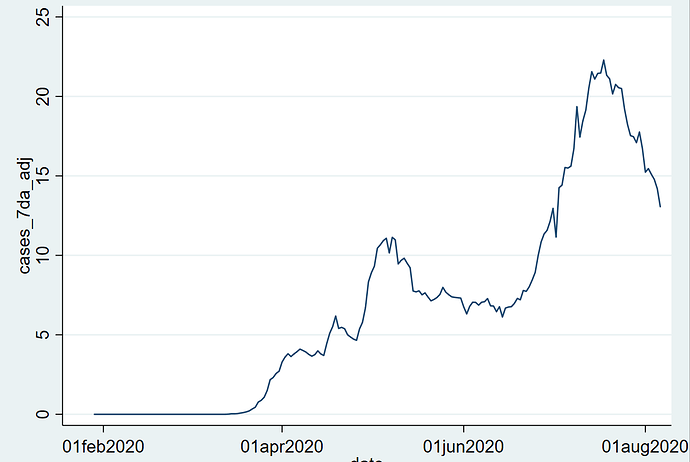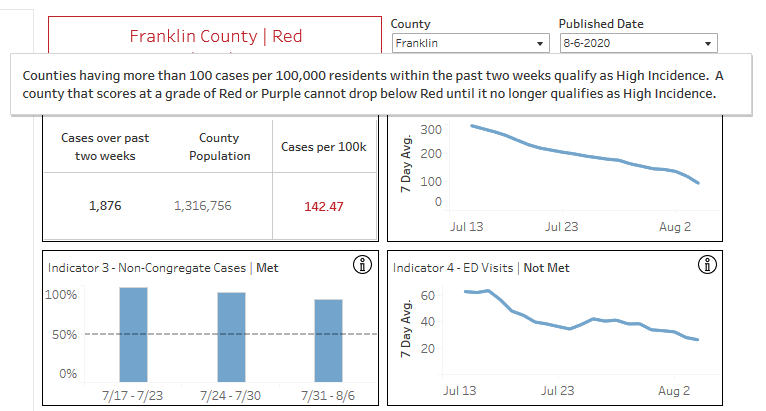It has to be something like that which the headline isn’t telling us. All things being equal, there’s no way the guy hacking and sneezing isn’t more effective at spreading COVID.
Sometimes you have to go to work. I used to have a job where you were not able to take work off even if you were sick if there was no one to cover you (there never was). If you missed without coverage you could be fired.
Its an inevitability of capitalism. When you work paycheck to paycheck, missing a day or three or five of work means maybe no rent this month or food this week. So, fuck it, I’m off to work where I interact with 100 people a day while rocking a 103 fever and taking fucking coughing breaks.
Its disgusting, we are fucked as a culture when the profits we make off of those who are sick are worth more to us than their health and the health of those around us.
Its a broken system, and for some reason we all act like its a fucking normal way to behave.
Except the part where he stays home. I think you are missing that part.
If the extra virus shed is more than offset by the number of potential people to infect the net is lower spread.
Also when it comes to coughing and sneezing the primary transfer is more likely to be towards smear vs direct inhalation. (Big heavy stuff doesn’t stay suspended in air). So outside of close contact, you aren’t going to infect anyone outside of a couple of feet if they practice good hand hygiene.
More and more evidence that the primary spread of this thing is via inhalation of small droplets/aerosols.
Clearly SARS-CoV2 has found* an exploitable niche in human behavior.
Our stupidity in authoritarian countries is just a bonus.
*the virus has found nothing cause it can’t look. Random mutation/recombination events generated a strain that has a high reproductive success under the natural selection of ambient conditions of the environment and human behavior.
That’s stupid but I get it. I’ve certainly seen the voluntary impact of combined sick/vacation PTO.
Thankfully I’ve never been in the have to go in or get fired Or lose my home situation. Has to be awful.
The gig economy makes things worse, too. I’m a freelance writer. Luckily, I have basically had steady, predictable work for over a decade, so I’m not pounding the pavement looking for work. But since I get paid per piece, if I take a day off, I don’t make money. It’s different because I work from home, so I can still work if I’m sick, but there are gajillions of people who are basically forced to go into work when they shouldn’t.
The State of Ohio has a nice dashboard that presents risk levels by county here:
https://coronavirus.ohio.gov/wps/portal/gov/covid-19/public-health-advisory-system/
School districts are at least partially relying on these risk indicators to determine whether to open remotely or in person. So I’ve been very interested in monitoring the indicators for my county, particularly the new cases per capita. Apparently 100 cases per 100,000 population over a two-week period is the threshold for “high incidence”. So that’s a pretty critical benchmark, because if the county can’t get below that number, schools are much less likely to reopen.
I’ve been tracking that number based on the Johns Hopkins county-level data that I download every day. What I just now realized is that the Ohio indicators are not based on report-date data, they’re based on incident date data. Obviously, incident date data is completely useless for the most recent days - you can’t tell how many people experienced an onset of symptoms yesterday until you have the full set of backfilled data. The person who experienced an onset yesterday may not take a test until tomorrow or next week, and therefore won’t show up as a “yesterday” case until much later.
This is pretty scary for me, because using the incomplete case count means we’re much closer to that threshold than I thought. For Franklin County, an average daily case count of about 7 gets us under the threshold. Here’s what it’s been so far, based on JHU report-date data:
Based on this data, we’re at about twice the threshold. However, the Ohio dashboard’s (incomplete) indicator variable has us much closer:
Rather than a 50% drop, we’d need to experience only about a 30% drop to fall under the High Incidence threshold (and therefore an almost certain return to school.)
I’m really surprised and disappointed they’re using this incident date data–which is known to be incomplete-- to evaluate the indicator metrics. Particularly because the state obviously recognizes that current trends have to be measured based on report date data - their Current Trends page IS report-date data. https://coronavirus.ohio.gov/wps/portal/gov/covid-19/dashboards/current-trends
This is all so frustrating.
Had an “interview” the other day where the guy set chairs up ~6 feet apart so we wouldn’t have to wear masks. It’s definitely frustrating, because telling them that we’re still at risk because we’re inside would basically end the interview on the spot.
Good
I get what you mean, but that certainly wasn’t reflected in the headline.
FL site wigging out as per usual around update time, but it appears that they will be reporting 7,719 new cases and 180 new deaths.
Cuomo says schools are open for business!
Really any student with a lick of common sense would be taking pictures of everything hoping to get out.
I saw on Facebook that he’s an actor!
It doesn’t have to be this way. (cf. Europe)
I think the main point is that asymptomatics shed more than enough to cause rapid spread.
I think once you shed “enough” it comes down to physics of what stays suspended in air long enough. Given that this thing makes its money on superspread events, large smear transfer by depositing snot and sputum on surfaces doesn’t matter nearly as much.
DeSantis ordering local health directors not to give recommendations about reopening schools. Seems totally normal.
Things trying to open will always use the most favorable data to do so. Unless you can get your school board to use JHU, be under the assumption you should base your decisions on the dashboard no matter how much of an incorrect picture it paints.



